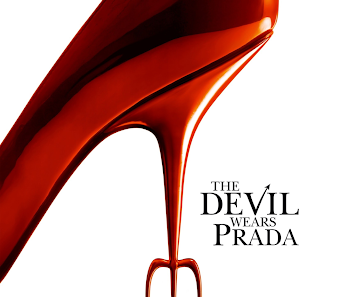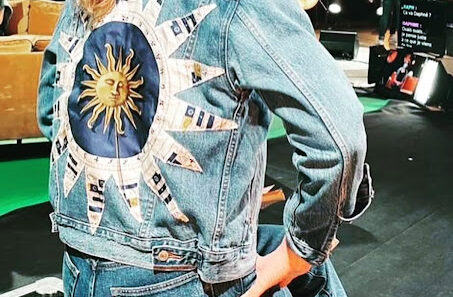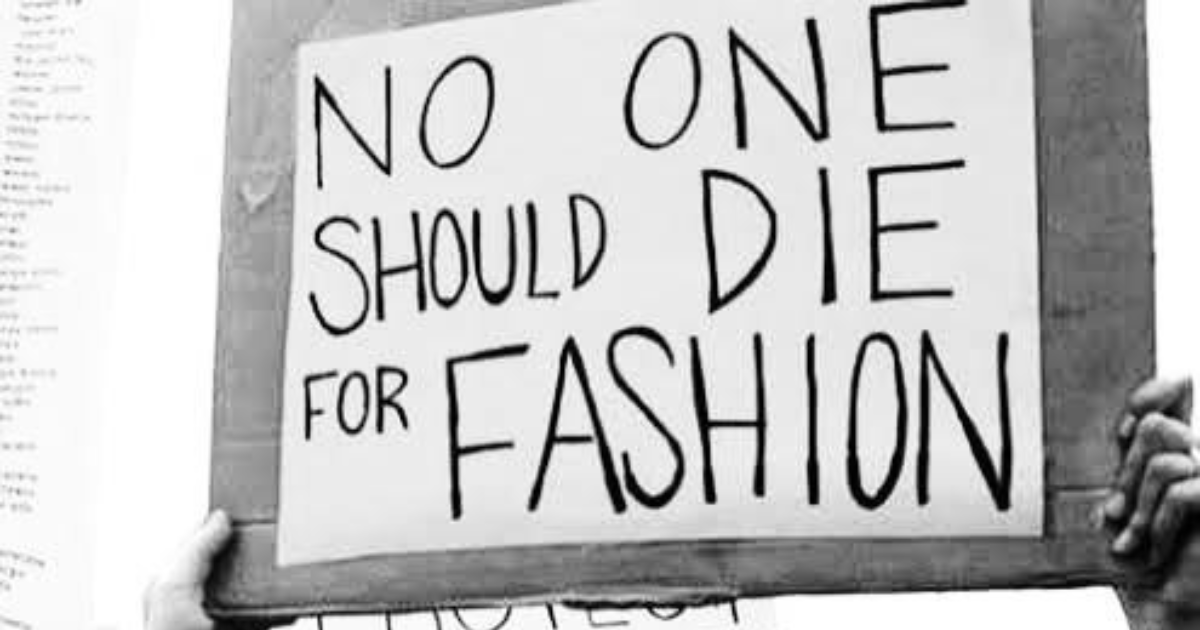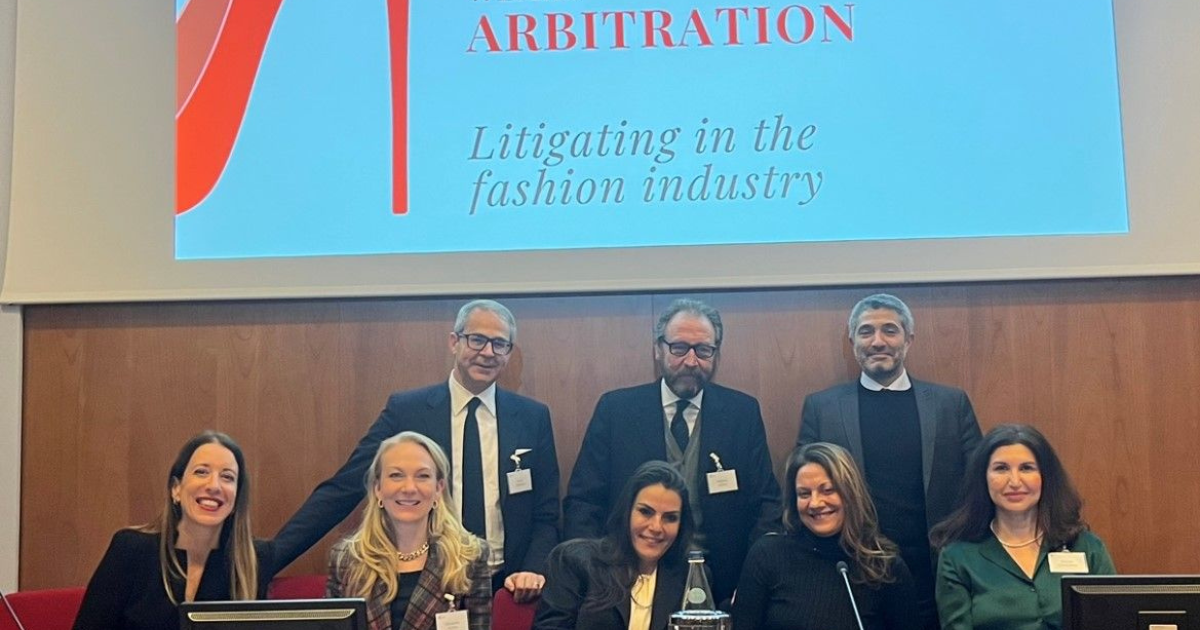Introduction:
The fashion industry is well known to be a multi-billion dollars’ worth business filled with glamor, art and what not. The very significant worth of this industry revolves around several Intellectual Properties, which need to be duly protected in order to protect and promote positive growth in the industry and in eliminating challenges related to infringements of original works. But rigid impositions of Copyright protections can be detrimental to the same industry, and additionally, the possible benefits that piracy could offer to original design owners must not be ignored either.
This topic generally deals with a quite underrepresented and popular theory debunking the very essence of the debate surrounding copying or making duplicates of fashion designs and this article discusses the viability of this theory in real life.
Copyright and Fashion – a fashion design can be protected in the form of an artistic work, and protection under the Copyrights Act is sought. But what is notable is that, Copyright can only protect the artistic work of the particular apparel, and not the utilitarian aspect of the same. That is to say, that as per the “Separability Rule”, the artistic expression will be distinguished from the utilitarian aspect that the commodity brings and hence, it would deem difficult for designers to protect a design when it is difficult to separate that from the functional aspect of that product[1].
Public Domain – in the context of Copyrights Law, it is understood as a consequence of sorts, when a particular copyrighted art or idea has been in the use for a significant or a certain amount of time and has hence been commercially exploited, after a time gets to be known as an idea that could be freely used by anyone, without it being said to be infringing anyone’s copyrights. It basically takes the copyright protection vested on an idea or art out of the hands of the owner and makes the same available to be used by the public after a certain point of time. It removes the idea of a person having entitlement over a particular Copyrighted idea or art forever in their own hands.
The “Piracy Paradox”, is more of a theory extended out of this concept of letting fashion designs be considered as Public Domain. It stems from the arguments made by many scholars who opine that this generation’s fashion design does not require protection, and that the same is meaningless[2]. They discuss the inverse proportionality of strong Intellectual Property protection environment and Public Domain in the fashion industry. One of the most famous of such an argument is what the “piracy paradox” is.
There is a need to focus more on how the public can benefit out of the fashion industry than to continue to prioritize individual interests. In other words, the “piracy paradox” theory may “[w]eaken individual designers,” but help to “strengthen the industry and [drive] its evolution.”[3]
It mostly tries to convince as to how the practice of Piracy could in fact be beneficial to the fashion industry in the long run. Generally, when a particular fashion design gets excessively pirated, that is, widely copied and adapted into designs, it could more or less be assumed that such a fashion design has been widely liked and popularized. And this thus helps the designer and the brand gain reach and popularity in ways it would not have been possible if piracy was successfully curbed before it could spread. It is the indirect and unprecedented advantage that piracy in fashion designs could bring to the table and thereby, in a balancing act, might as well be more beneficial than otherwise to the owners of the design.
The fundamental tenet of the piracy paradox theory is “the fashion industry operates best in an environment of comparatively weak IP rules.”[4] This hence begs the question on whether IP protection is even a necessity for the fashion industry.
As far as this argument goes, although the off-the rack benefits of design copying was well enumerated, neither the fact that demand for fresh and trendy fashion designs, nor the existence of piracy in this industry was denied. Piracy is not all good, and in the recent internet curve, it could be detrimental to the goodwill of the design owners as well.
Fast fashion industries have a way to inherently copy mainstream original designs and produce them in the market way before the original product has made its way to the shelves. This will put the original brands and designers in grave financial and professional hardships as all their investments and time spent in delivering an original design goes in vain. Outright copying of designs can in no way be excused, and protection must be sought to ensure designers and brands are encouraged to continue creating and investing in new designs. But when it comes to fashion designs, creation of “derivative works”[5] is an appropriation, and shall be considered as a whole ‘nother new fashion design in itself. The very benefits of the “piracy paradox” is derived out of such “derivative works” only. They are capable of being distinguished from the original design, and also drive the fashion cycle. Such derivative works help promote and popularize invariably, the original fashion design as well, as it would be considered and cited as the inspiration behind these adaptations, and therefore quite beneficial for them in the long run.
Conclusion:
From the discussions as above, there is a lot that one can understand about the role Intellectual Property Law plays in the upliftment of the Fashion Industry. Rights and liabilities of every industry or area of expertise differ deeply among each other. Understanding the industry better will thereby help in identifying its uniqueness and how to personalize IP Rights that is specific to the likes of that industry. There should not be a “one size fits all” approach to business, but rather an “each to their own” form of approach that will help businesses flourish.
Hence, although infringement or even derivative works might be detrimental to some other industries, there exists, more specific and “tailored” benefits to the Fashion Industry, such as what was explained above through the “piracy paradox”.
With that being said, what can be understood from this Article is that, Laws regulating outright infringements of fashion designs are essential as the same would be hugely calamitous to the Industry, but at the same time, some leeway, or breathing space must be provided as well, in order to reap the benefits of the “piracy paradox” and encourage “derivative works”, and subsequently strike a balance and drive the fashion Industry to flourish.
[1] Filma V., IPR In Fashion Industry, Manupatra Intellectual Property Reports, (2015)
[2] Kal Raustiala & Christopher Sprigman, The Piracy Paradox Revisted, 61 Stan. L. Rev. 1222 (2009).
[3] Id. at 1209.
[4] Id. at 1205.
[5] Berne Convention for the Protection of Literary and Artistic Works, Article 2 (1979).
















